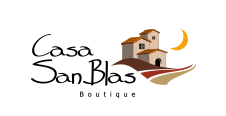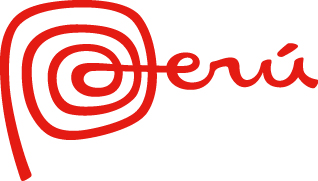

When visiting Cusco, something that attracts visitors’ attention is the beautiful pieces of art they find in churches, monasteries, convents, old mansions and museums.
Besides de beautiful sculptures, there are paintings that express passages of religious life and show sacred characters with a different appearance to European painting, which is nothing more than an Andean version of the Baroque with a strong Flemish influence.
This artistic movement arises from the artistic production of Cusquenian painters, influenced by the artworks of the Jesuit Priest Bernardo Bitti (1548 – 1610), disciple of Miguel Angel, Mateo Perez de Alessio (1547-1631) and Angelino Medoro (1565-1632).
With the arrival of the Spaniards, the indigenous artistic production underwent important changes. In the early years of the Colonial times, the Spaniards found it difficult to catechize the natives in their native language so they resorted to the images.
The first painting movement was established in Lima, but shortly afterwards the Cusquenian Art School took on a role of great importance in the arts of the time. The legacy of the Cusquenian Art School is based on the syncretism printed in its images that today represent part of our identity as Peruvians.
For the seventeenth and eighteenth centuries, the so-called Cusquenian Art School became an artistic tradition, the result of the confluence of two powerful currents; the European artistic tradition and the eagerness of the Andean and mestizo painters to express their reality and their vision to the world.
Some of the most representative paintings of the Cusquenian Art School are: Saint Peter’s Tears, The Pray in the Garden (located in the National Museum of Anthropology and History of Peru, located in Lima), The Virgin with the Child and The Coronation of The Virgin.

The most important artist of the Cusquenian Art School was DIEGO QUISPE TITO (1611 – 1681), born in the parish of San Sebastian, in the city of Cusco in 1611 and active until almost ending the sixteenth century. In his works there is a certain freedom in the management of the perspective, a previously unknown protagonism of the landscape and the abundance of birds in leafy trees. The birds, especially the jungle parrot is interpreted by many researchers as a secret sign representing the Andean resistance.
Some of Diego Quispe Tito’s paintings are: The Vision of the Cross, Allegory of Redemption, The Final Judgment and The Series of the Zodiac.

Another great exponent of this artistic current was BASILIO DE SANTA CRUZ PUMACALLO (1661 – 1700), of Quechua origin, well known by its Quechua last name: Pumacallo.
His painting is characterized by having a dynamic, decorative and large composition. The style of Basilio de Santa Cruz is very different to the style of Diego Quispe Tito. Some of its main art-works are: Saint Francis birth and The Virgin of Bethlehem.

From the beginning of the eighteenth century the Cusquenian Art School became one of the emblematic productions of the Colonial times. Its fame extended from the north of Peru to Buenos Aires and Santiago de Chile, which derived in the creation of large workshops, in which the anonymity prevails, while painting tends to be identified generically as an indigenous work.
Encourage yourself to visit the main churches of the city to appreciate the great art work of the Cusquenian Art School and why not, take home a copy of these beautiful paintings that you can find in the painting workshops along the Cuesta de San Blas or Plaza San Blas, just few steeps away from Casa San Blas Boutique, hotel in Cusco.

| Casa San Blas: Inversiones Hoteleras Planeta Tierra SAC RUC 20502203208 |
|
| Address Peru: Tocuyeros 556 Cuesta de San Blas, Cusco - Peru |
|
| Telephone numbers: | |
| Reservations: | +51 984 033 770 |
| Whats App: | +51 984 033 770 |
